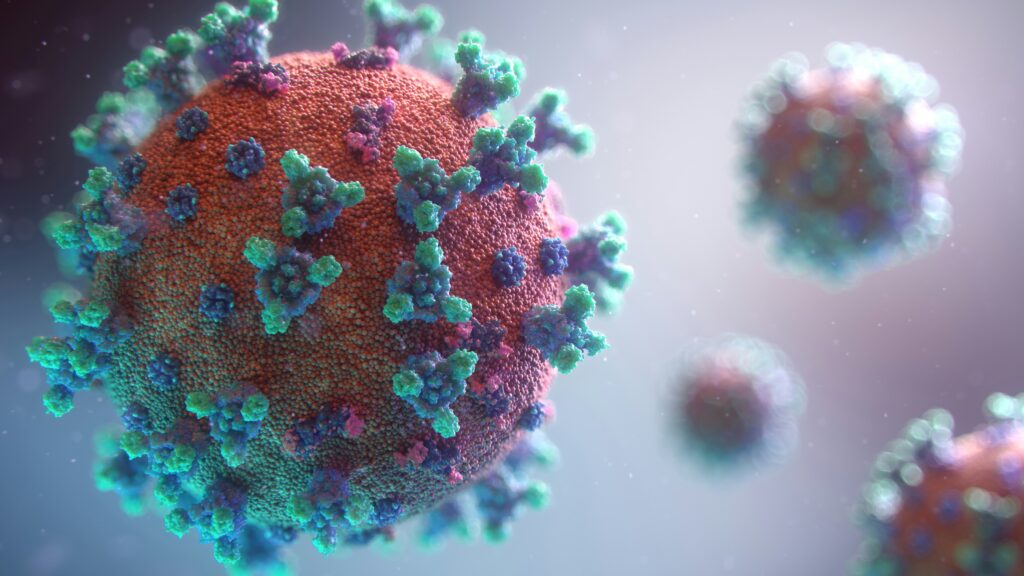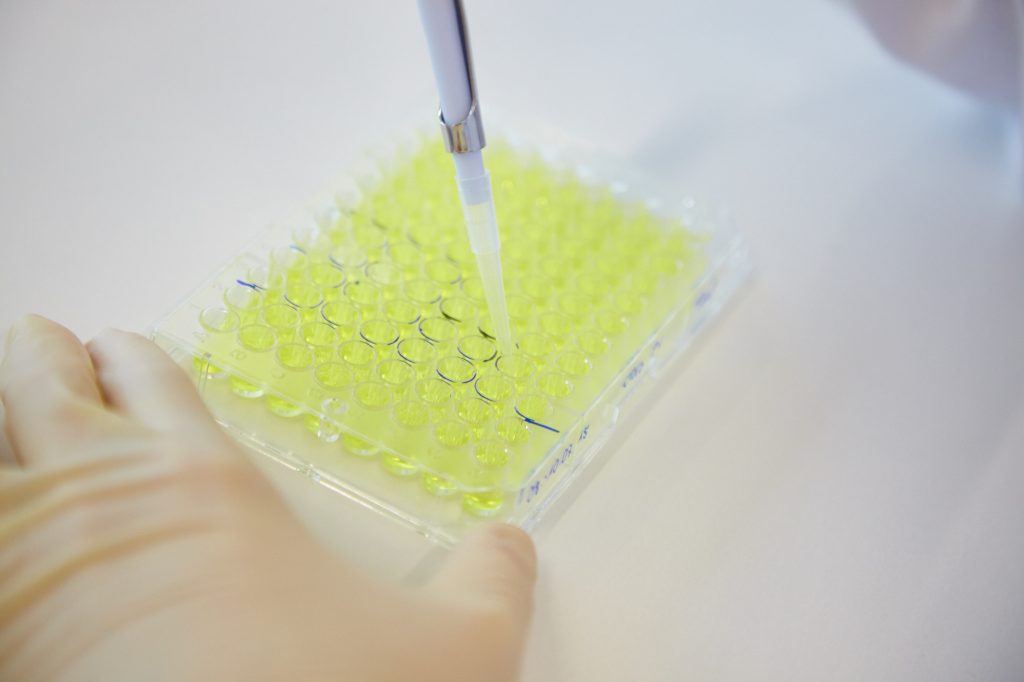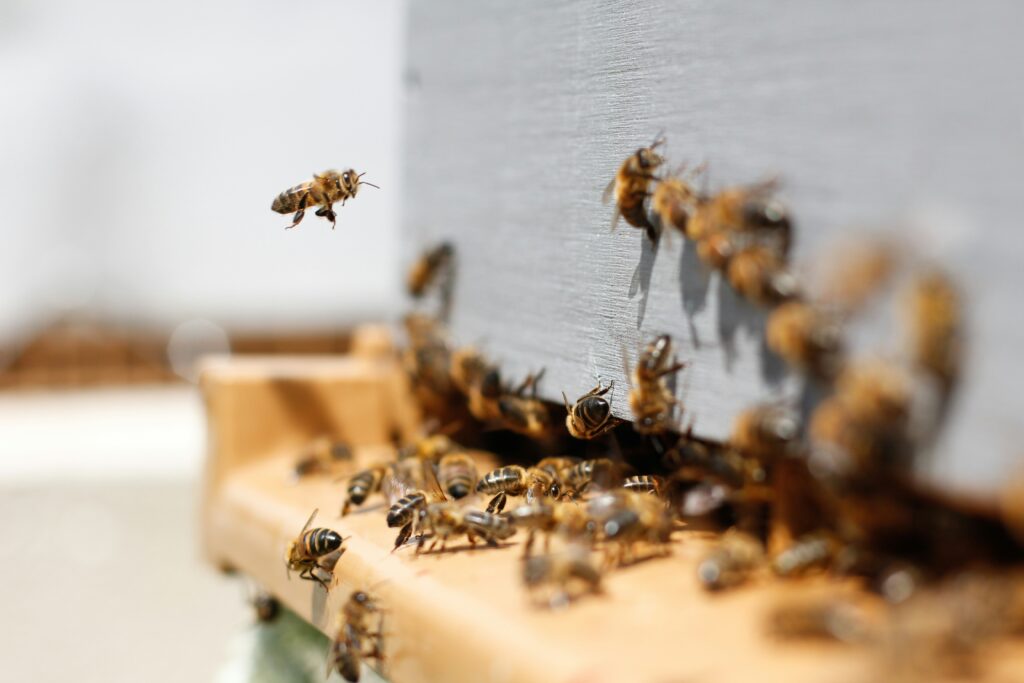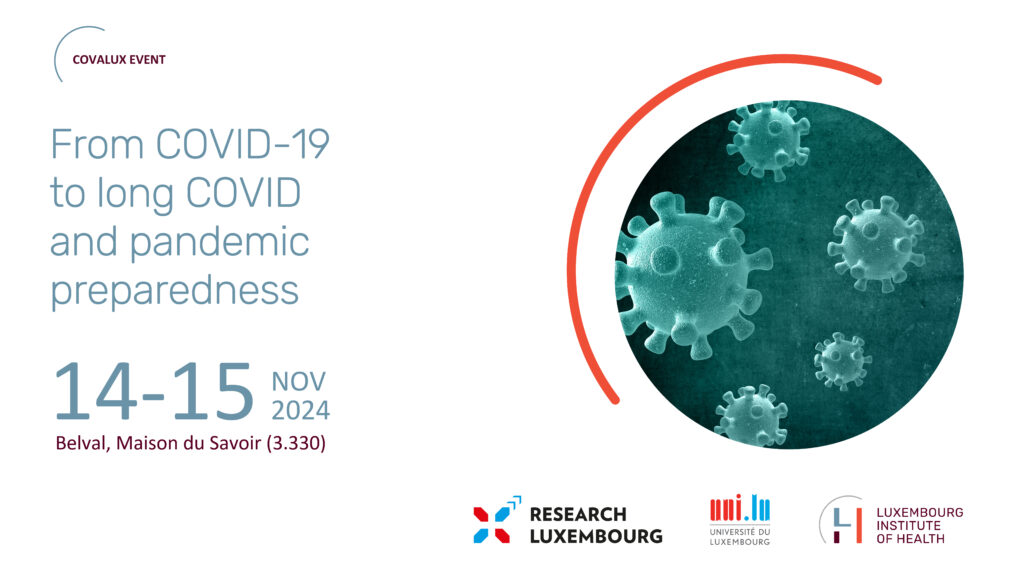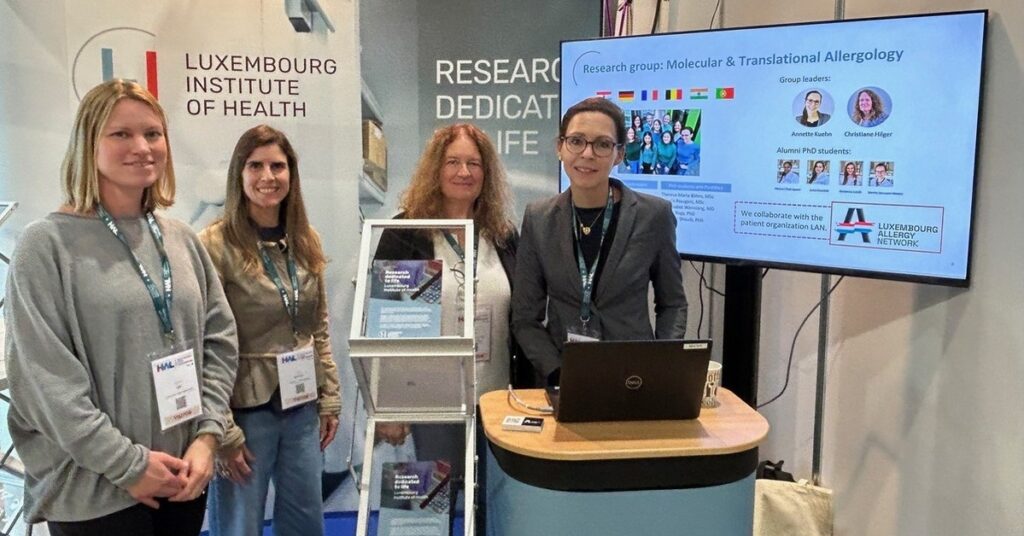News
Young LIH scientist recognized at the 17th German Allergy Congress
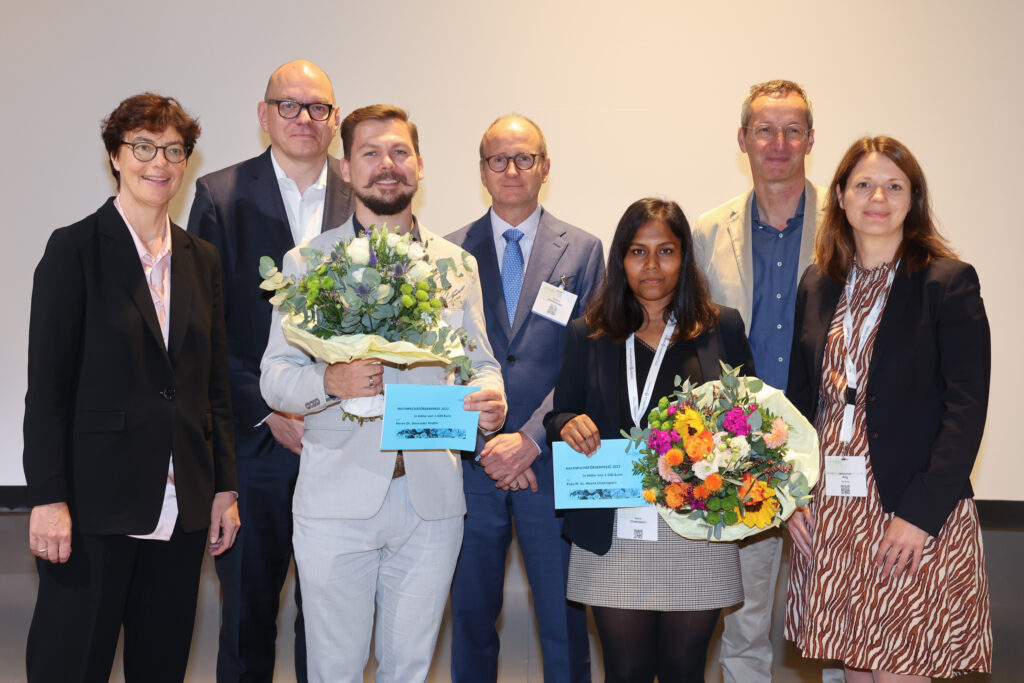
Every year the German Society of Allergology and Clinical Immunology (DGAKI) recognizes up to three bright young scientists that have recently published outstanding papers in the field. The Young Investigator Award, which comes with an equal slice of a 5.000 euro prize, is exclusively awarded to young academic scientists that markedly advanced our understanding in allergology and clinical immunology. This year the honours went to 2 scientists, one of them being Neera Chakrapani, a PhD student in the Molecular and Translational Allergology group of Dr Christiane Hilger, for her article on meat allergies published earlier this year in The Journal of Allergy and Clinical Immunology, one of the top allergy and immunology journals.
Neera’s award winning study, entitled ‘α-Gal present on both glycolipids and glycoproteins contributes to immune response in meat-allergic patients’, further reveals how a specific type of sugar, the carbohydrate α-Gal, can cause severe allergic reactions in patients. The authors show that this allergic reaction is irrespective of α-Gal’s carrier molecule, whether it is bound to a meat lipid or protein, and that carrier proteins in particular are stable enough to withstand digestion, resulting in an allergic response hours after the ingestion of meat. Insights such as these can potentially aid in the development of new diagnostic tools for patients suffering from this still relatively enigmatic allergy.
For her part, Neera says that she is “truly humbled and honoured to receive this award. Many thanks to DGAKI for their recognition and to Dr Christiane Hilger for the nomination.”
Congratulations Neera!
Funding and collaborations
The research was conducted in collaboration with, the University of Tübingen, the Centre Hospitalier Luxembourg, the Luxembourg Institute of Science and Technology, the University of Southern Denmark, and the Technical University of Munich. The work was supported with a bilateral funding from the Luxembourg National Research Fund (FNR), project C17/BM/11656090 and the Deutsche Forschungsgemeinschaft (DFG), project FI2226/2-1, BI696/12–1, SFB1335 P17, and SFB1371 P06.

